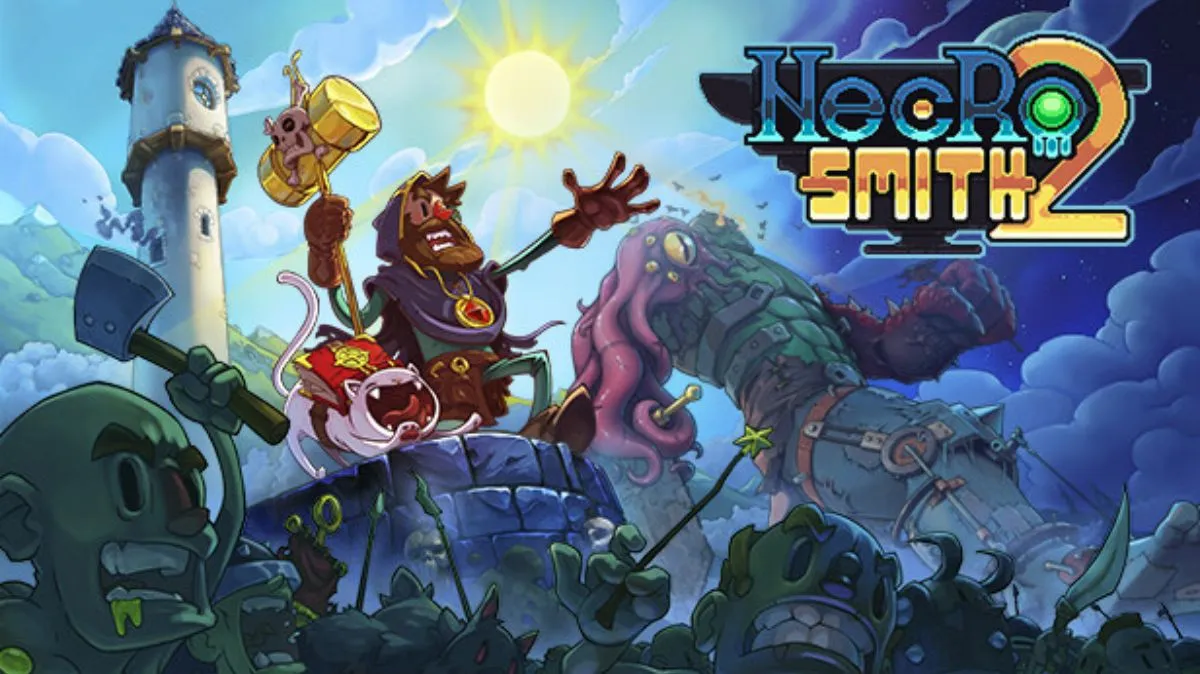
The Experiment (Experience 112 in Europe) is one of the most unique and immersive PC games ever made, in spite of clunky localization and an unforgivably cumbersome user interface. It’s Night Trap finally done right, even if no one was asking.
Also responsible for the creepy alternate reality games Evidence: The Last Ritual and Missing: Since January, developer Lexis Numerique displays its expertise at putting you in the game by disconnecting the player from direct involvement in the action. In The Experiment, what you’ll do mostly is watch.
The game opens with you receiving the feed from a security camera, staring at a sleeping young woman, the surrounding room overgrown with plants and covered in rust. You watch as the she slowly awakens and stumbles about on numb, weak legs. She reads a letter on the nightstand, telling her of some unknown disaster she’s apparently survived. Hearing a sound, she leaves the room to check the hallway, leaving you behind, powerless to even change your viewing angle.
Eventually the girl, Lea, returns, and noticing the active camera, yells out the username for the network in the hope that you would take the hint and log on, activating the facility’s security systems. Doing so elicits a visible sigh of relief from Lea, as there is indeed someone at the monitors. She asks you a yes-or-no question, which has you literally swinging your viewpoint from side to side to nod out your answer. I doesn’t get much more “first-person” than this.
Further progress has you guiding your new charge through the debris-strewn ship, activating cameras to keep her in view. Via the security interface you’re also able to unlock doors, flash on lights to direct her attention, and most importantly, trawl through the ship’s onboard records to decipher passwords, read the crew’s email, and solve mysteries. Camera upgrades also allow you to drive a small robot to pick a keycard out of a gas-filled room, zoom in on a blackboard to read a keycode, and turn on night-vision to find a safe path through a dark room.
You can view manage multiple viewing angles, setting up to 3 cameras in individual task windows. Your role in the game is paradoxical. On the one hand, you are reduced to a mute observer, removed from the scene and powerless to influence what Lea does, locked out of her mind. You’re Gordon Freeman on rails, with neither gun nor legs. At the same time you’re a guardian angel, with Lea almost completely dependent on your aid, her progress as fast or as slow as yours. It’s the damsel in distress trope twisted inside out, with the prince just a ghostly fly on the wall.
In The Experiment Lexis Numerique has added an extra dimension to its already dense mystery hunting. Where Evidence and Missing had you scouring the internet for clues and apocrypha, here you scour the details on your monitor and what you can see via the cameras. Find the right camera angle to properly view those numbers on a nearby blackboard. What information does the laboratory director hide behind his password-locked files? There are blessedly few of the pixel-hunting “rubber duck + pipe” item puzzles common in other adventure games, but I recommend you keep a notepad and pen handy.

The lens, however, is not without its smudges. Translated from the French, the localization is rather low-rent, scattered with inconsistencies and mistakes. Their impact ranges from the cutely odd (the laundry room is referred to as “the bleachery”) to the potentially game-breaking. One puzzle has you using a Polybius square to decode a team member’s password. The answer that comes up is “Polybie”, the French term for Polybius. Unfortunately, the actual password is “Polybius”. Someone forgot to update the puzzle. As such I also recommend having a walkthrough nearby.
Lea’s vocal and visual feedback also leaves something to be desired. For a scared, confused woman trapped in a ruined cargo ship, everyone she knows dead or missing, with only a potentially hostile voyeur to help her, her delivery is preternaturally calm and composed. In game that depends so heavily on your wanting to help this person, she doesn’t seem to make a very strong effort to make herself.
The Experiment‘s UI fights you many steps of the way, and ends up frustrating more than liberating, a mortal offense where the title demands patience and dedication. The camera’s auto-follow function is utterly useless, forcing you to manually select every camera in Lea’s path to keep up. Everything is almost completely mouse-driven, and it isn’t easy to resize and reposition camera windows. File windows are poorly designed, extending off-screen and obscuring clues that need to be accessed quickly and easily.
The game also fails to accommodate the busy, on-and-off gamer, with no internal hint system and a stupidly vague objectives screen. That pad and paper will be handy for keeping track of whatever the hell you were supposed to be doing when you quit. Cutely, though, Lea expresses relief whenever you reload a game, treating your absence as some kind of technical glitch in the camera. It shows shades of Metal Gear Solid‘s playing with your console’s internal calendar, and makes the game better for it.
Graphically, the game does well. The rusty browns are mitigated by smatterings of green and good shadows and bloom, but the game demands more resources than might be implied by the polygon count, probably due to the stress of maintaining the multiple viewpoints. There are no advanced settings other than adjusting resolution, so tech-heads looking to tweak may be disappointed.
Bottom Line: These mechanical gaffes are easy to gloss over once you get the hang of the interface, and the writing picks up considerably once the initial confusion has passed.
Recommendation: If you care at all about engrossing adventure games, new and interesting gameplay, or just a shining affirmation that there are PC games that just aren’t right anywhere else, you owe The Experiment at least a try.
— Joshua Tolentino (unangbangkay)



